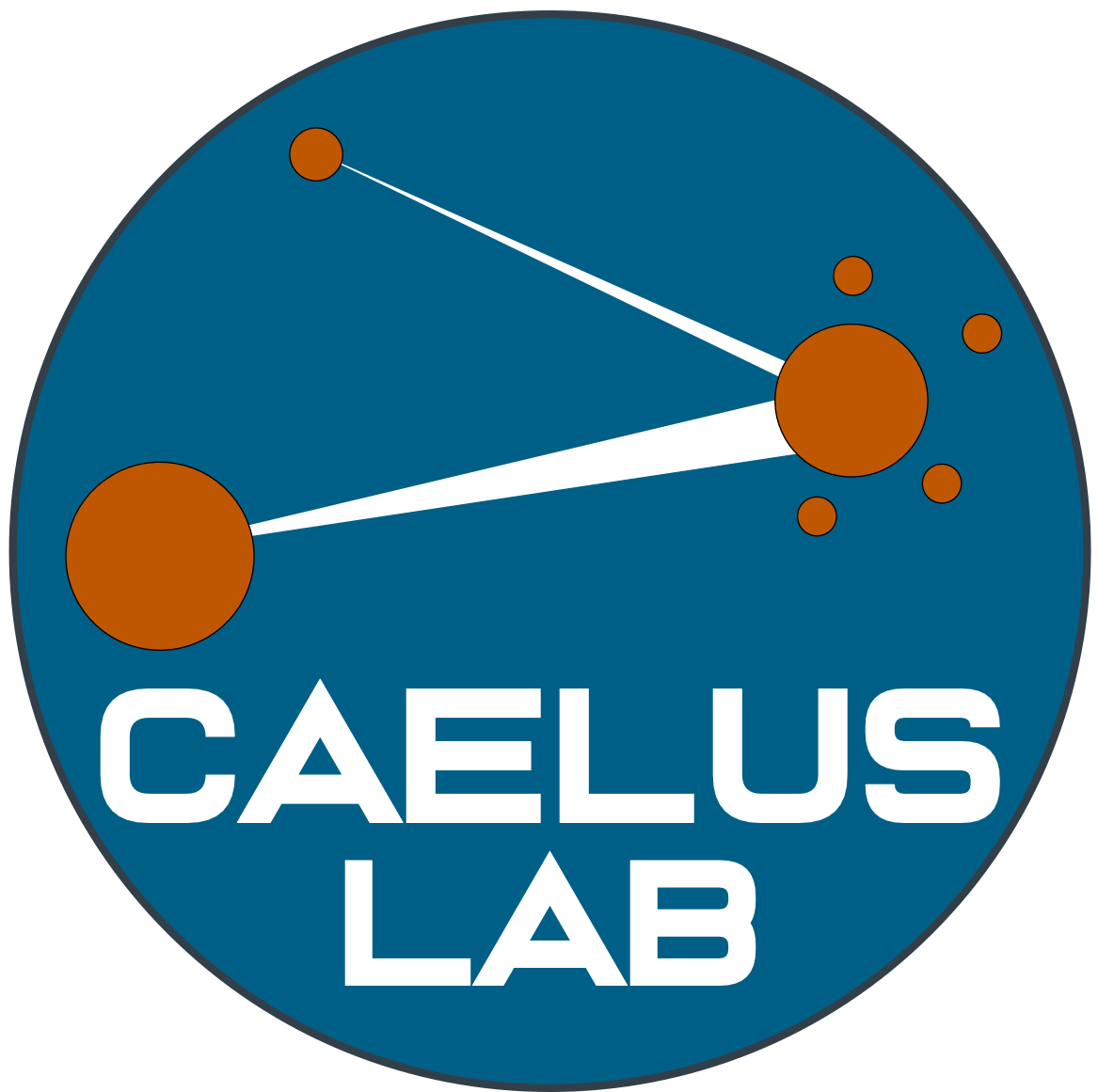First, thank you for your interest in our research! I encourage all students to apply to UT-Austin. Of course, you are here because you are interested in our work, so here are some suggestions to help guide your application preparation. — Dr. Jones
How do I apply for graduate studies in aerospace engineering at UT?
Details on the application process may be found on the department website here. For a PhD, faculty in our department review the applications to determine which students they would like to have follow-up discussions with. Note that each application submitted to our department is reviewed by multiple faculty.
How do we join your group as a graduate student?
When applying to our program, there will be a field for you to indicate which professor(s) you want to work with. If you are interested in working with the CAELUS Laboratory as a graduate student, indicate me (Dr. Jones) as one of those individuals. I start by reviewing the applications submitted to the ASE program in the Orbital Mechanics and Controls focus areas that do so.
The main suggestion I have to produce a strong application is to craft a good personal statement. I recommend that you articulate what technical topic(s) you are interested in, why you want to work with our group, and, most importantly, what research and work experience you have that prepares you for PhD studies. While intellectual ability is important, enthusiasm and motivation to complete a PhD are just as critical. The personal statement is the best place you can convey this in your application.
Once I apply, when will I hear back?
For my part, I usually review the applications in late December (after the Fall semester ends) and start reaching out to those that piqued my interest as they are reviewed.
Do you plan on recruiting any new students for the Spring or Fall 2025 semester?
We currently plan to recruit one or more students for Fall 2025. We currently don’t plan to recruit anyone for the Spring 2025 semester.
Can I meet with you to discuss your research?
I really wish I could meet with every student interested in working with us, but ongoing research and mentoring current students prevents me from doing so. To maximize your chances of being considered, I encourage you to submit the best application you can and indicate me (Dr. Jones) as someone you want to work with. Again, personal statements that clearly articulate why you want to work with the CAELUS laboratory and convey enthusiasm for the related subjects usually stand out when reviewing applications.
What is the relationship between the Texas Spacecraft Laboratory (TSL) and the CAELUS Laboratory?
The TSL and CAELUS are two separate entities. We rarely recruit graduate students to work in the TSL as research assistants. The TSL is a department-controlled laboratory that Dr. Jones directs in the interest of teaching students about systems engineering, program management, etc. CAELUS is a research group focused on the research described on this website. While some projects have a TSL-related component, we do not focus on advancing the state-of-the-art in CubeSat technology.

